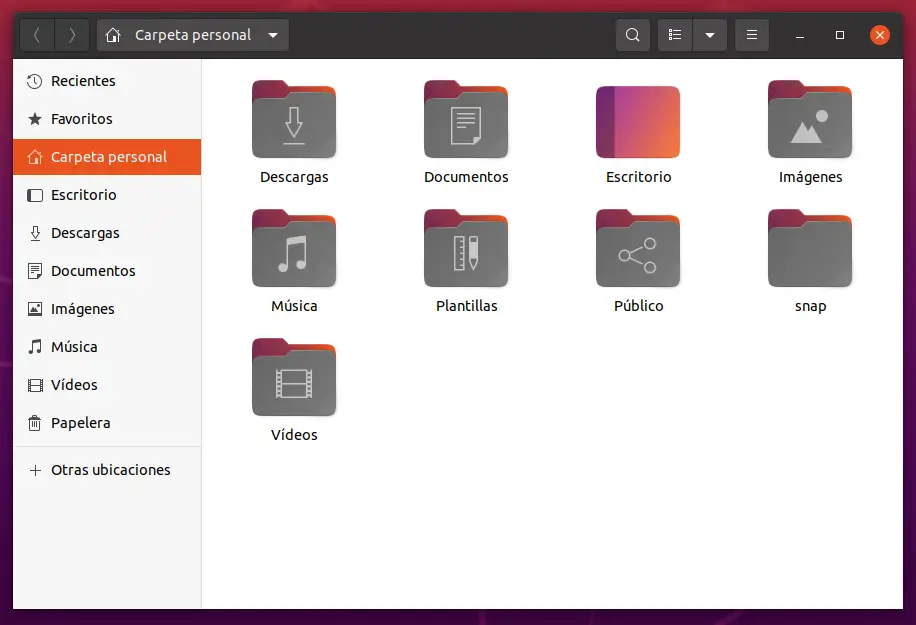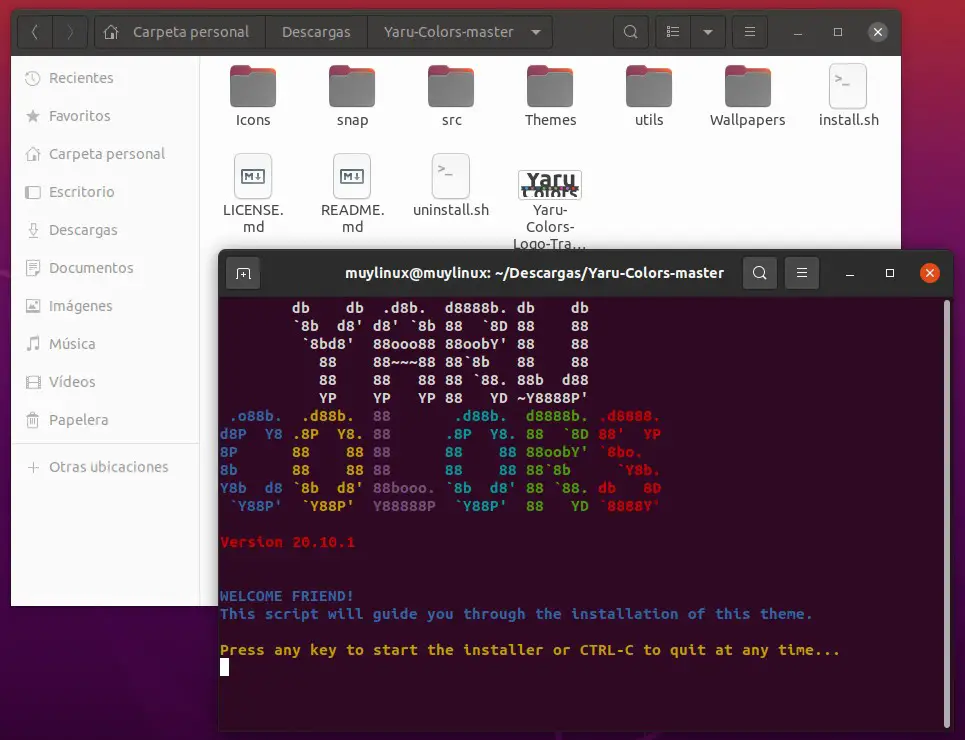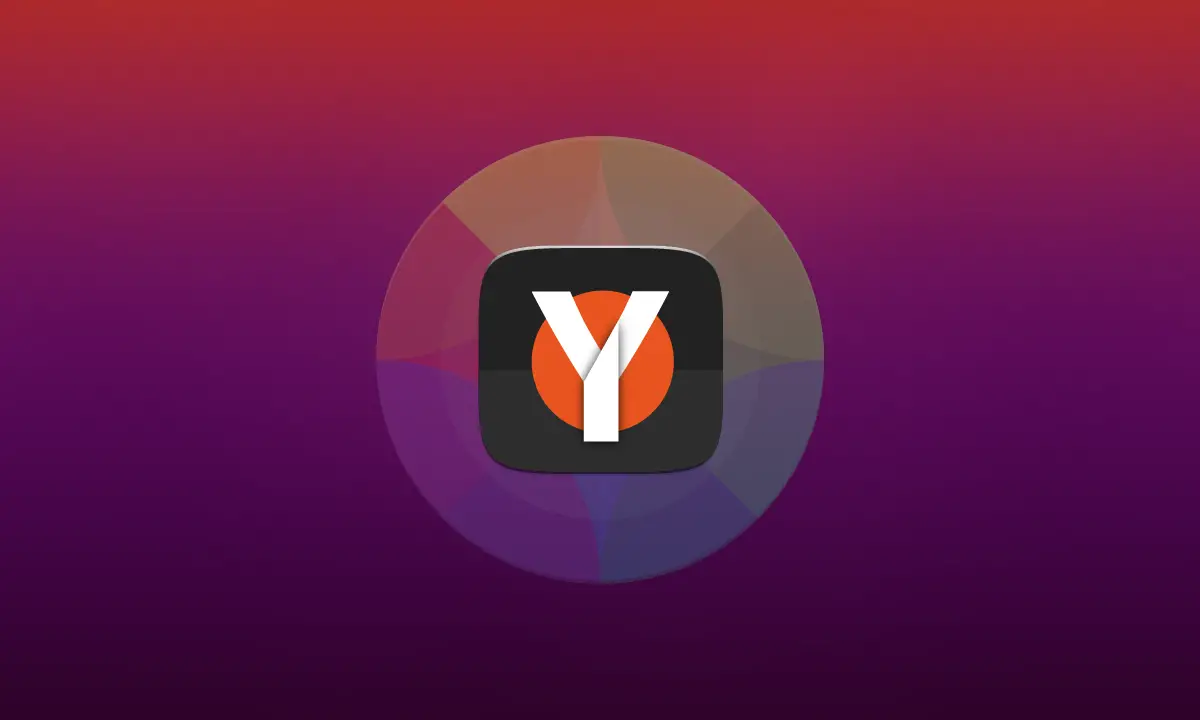Give Ubuntu a splash of color with Yaru Colors
Ubuntu 20.04.2 LTS recently came out and the opportunity it presents is as good as any to jump on the bandwagon of what is still the number one Linux desktop distribution. With almost a year of shooting and with another four of support ahead, Focal Fossa is at its ideal moment, so we take the opportunity to continue publishing guides with which to adapt the system to our tastes and needs.
The Ubuntu guides, however, we began to publish them at the time and include several articles with the most basic issues aimed at new arrivals. But you can always do more things and one that tends to interest many is that of customize desktopAlthough as we all know Ubuntu uses GNOME and in terms of issues, GNOME is very much yours. That is why it is not advisable to get too far out of the fence that the Canonical developers have carefully prepared.
Yaru Colors
Yaru is the visual theme (style of widgets, colors, icons and GNOME Shell) Ubuntu official, is increasingly polished and is a hallmark of the desktop that also closely follows the line marked by GNOME. However, not everyone likes the combination and, changing the fair, Yaru Colors It is an ideal complement to get away from the characteristic orange, but keeping the essence of the distribution.
Here’s what the original Ubuntu Yaru looks like:

And this is what some of the variants offered by Yaru Colors look like:
In total, Yaru Colors offers up to 15 variants, including themes for the entire visual set and cursors, all adapted for both the light and dark styles, as well as some extras such as wallpapers that will not interest most.
If you want to also customize the GNOME Shell theme, you must have support for installing GNOME extensions and have installed the User Themes extension, as well as the GNOME Tweaks application to be able to change the themes graphically.
Once these requirements are met, there are two ways to install Yaru Color on Ubuntu: downloading the full theme package or installing it as Snap; each one, with its advantages and disadvantages.
How to install Yaru Colors as Snap
The Yaru Colors package is available from the Snap Store (Ubuntu’s default app store), so the process is quick and easy. After installing, you have to run three commands through the terminal:
for i in $(snap connections | grep gtk-common-themes:gtk-3-themes | awk '{print $2}'); do sudo snap connect $i yaru-colors:gtk-3-themes; done
for i in $(snap connections | grep gtk-common-themes:gtk-2-themes | awk '{print $2}'); do sudo snap connect $i yaru-colors:gtk-2-themes; done
for i in $(snap connections | grep gtk-common-themes:icon-themes | awk '{print $2}'); do sudo snap connect $i yaru-colors:icon-themes; doneAnd reboot the session or the system.
The advantage of this method is that the themes apply to Snap apps as well, which are not compatible with third-party themes like Yaru Colors. The downside, that it works when it feels like it, which is to say (or that has been our experience)
How to install Yaru Colors as a standalone package
The most effective Yaru Color installation method, therefore, is download full package, unzip it, run the installation script and follow the instructions.
Opening a terminal (context menu) in the root folder where the package has been unzipped:
./install.sh

The process has more steps, but it is also very simple. Basically, you have to choose between the options shown by pressing the corresponding numbers (1, 2, 3) until the installation is complete, including copying the files to the usual directories (“~ .local / share / themes /” and “~ .Local / share / icons /”).
The advantage of this method is that it uses the classic user directories and it works perfectly. The downside, the one mentioned: Snap apps don’t support third-party themes and they will be displayed with the default GNOME theme, Adwaita.
The latter can be solved in a radical way, taking advantage of the fact that the only Snap application pre-installed in Ubuntu 20.04 LTS is the application store itself. All nonsense that can be fixed … uninstalling it. But don’t be too hasty: check out our Ubuntu software management guide first to find out more and be on the safe side.















